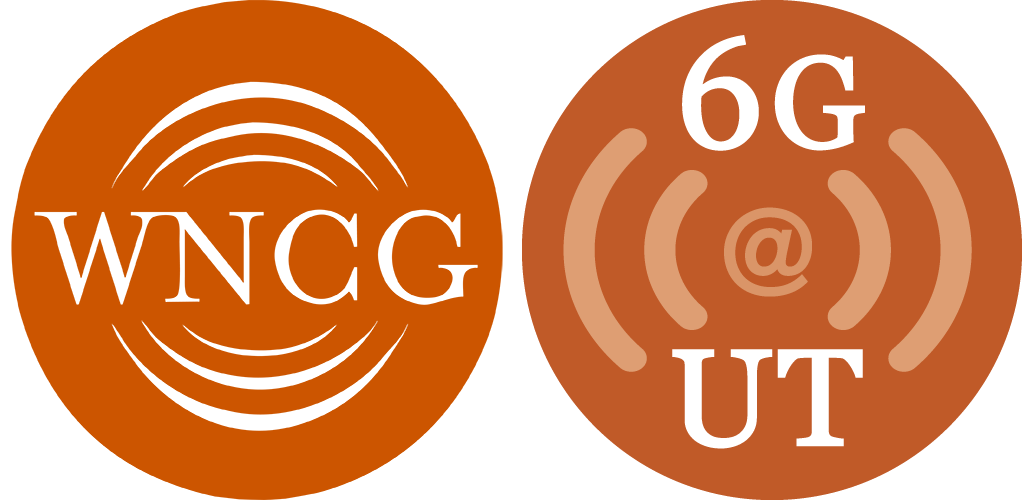Abstract:
Flexibility and efficiency will be key design requirements for future communications transceivers. Systems must be reconfigurable and adaptable in order to minimize power and maximize throughput as environmental conditions and user requirements change. This lecture will present digital baseband architectures and design techniques to achieve these goals for several types of wireless communications systems, including multiple-carrier (OFDM), multiple-antenna (MIMO) and multiple-algorithm (SDR) systems.
We will begin with a class of OFDM-based ultra wideband systems. The standard approach uses large FFTs, which can require a significant amount of hardware resources. An attractive and flexible design alternative known as Pulsed-OFDM can achieve the same system-level performance while requiring fewer hardware resources and less power.
The performance of MIMO systems scales with the number of antennas, so extremely high throughput and/or robustness are possible. In practice, however, the design complexity also increases rapidly with the number of antennas, so it is crucial to develop efficient implementations for such systems. We will describe promising implementations of closed-loop MIMO systems which are based on the Geometric Mean Decomposition (GMD) and the Uniform Channel Decomposition (UCD).
Software defined radios provide a programmable platform in which many aspects of the communications system can be reconfigured dynamically. For example, the parameters associated with digital filters, FFTs and interleavers can be adjusted in order to implement a new data rate, modulation scheme or detection algorithm. In addition, the interconnections between functional units can be altered to implement various data flow requirements. Programmable functional units and network-on-chip architectures will be described to address these issues.
Biography:
Gerald E. Sobelman received a B.S. degree in physics from the University of California, Los Angeles. He was awarded M.S. and Ph.D. degrees in physics from Harvard University. He was a postdoctoral researcher at The Rockefeller University, and he has held senior engineering positions at Sperry Corporation and Control Data Corporation.
He is currently an Associate Professor in the Department of Electrical and Computer Engineering at the University of Minnesota. He was a Distinguished Lecturer of the IEEE Circuits and Systems Society during 2008-2009 and he is currently Chair of the Technical Committee on Circuits and Systems for Communications of the IEEE Circuits and Systems Society. He is also an Associate Editor for IEEE Transactions on Circuits and Systems I and serves on the technical program committees for IEEE ISCAS, IEEE SOCC and IEEE APCCAS.
He current research interests are in the area of VLSI architectures for applications in communications and signal processing. He has authored or co-authored more than 100 technical papers and 1 book, and he holds 11 U.S. patents. He has also developed and presented short courses on digital VLSI design and he has been a consultant to several companies.

